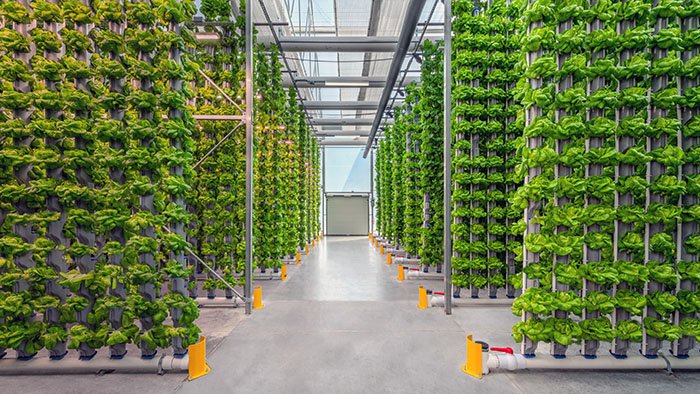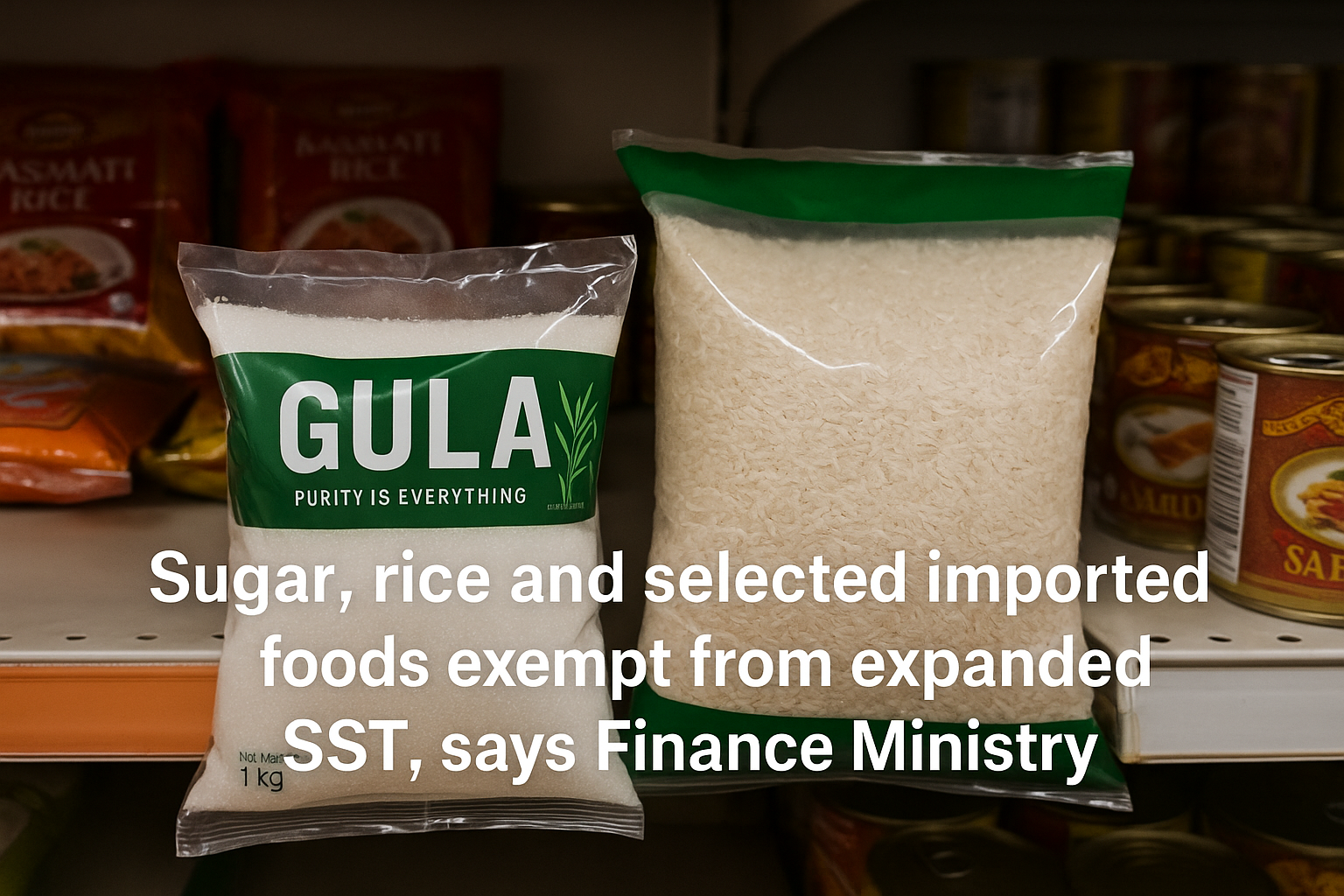The verdant landscapes and fertile soils of Kashmir Valley have long been synonymous with traditional agriculture, with farmers relying on age-old techniques passed down through generations to cultivate crops in the region’s picturesque terrain. However, amidst the breathtaking vistas and idyllic charm lies an opportunity to revolutionize farming practices and unlock the full agricultural potential of this bountiful land. Enter hydroponics – a modern agricultural technique that offers a promising alternative to conventional soil-based farming methods.
Hydroponics, derived from the Greek words “hydro” (water) and “ponos” (labor), is the practice of growing plants without soil, utilizing a water-based nutrient solution to provide essential minerals and nutrients directly to the plant’s roots. Instead of relying on soil as a medium for plant growth, hydroponic systems employ various substrates or growing media, such as vermiculite, coconut coir, or perlite, to support the plant roots and provide stability.
At first glance, the idea of cultivating crops without soil may seem unconventional, if not downright impractical, especially in a region like Kashmir known for its rich agricultural heritage and fertile soils. However, upon closer inspection, the inherent advantages of hydroponics become increasingly apparent, offering a myriad of benefits that could revolutionize farming in the valley.
One of the primary advantages of hydroponic farming is its ability to optimize resource utilization and minimize environmental impact. By eliminating the need for large swathes of arable land and conserving water through recirculation systems, hydroponic farms can achieve higher crop yields with significantly reduced water consumption compared to traditional agriculture. In a region like Kashmir, where water scarcity is a growing concern, the efficient use of resources afforded by hydroponics could prove invaluable in mitigating the impacts of climate change and ensuring food security for future generations.
Furthermore, hydroponic systems offer unparalleled control over environmental factors such as temperature, humidity, and nutrient levels, allowing farmers to tailor growing conditions to the specific needs of each crop. This precision agriculture approach not only maximizes crop productivity but also minimizes the risk of pests, diseases, and soil-borne pathogens, thereby reducing the reliance on chemical pesticides and fertilizers.
The versatility of hydroponic systems makes them well-suited to the diverse agricultural landscape of Kashmir, where traditional farming practices must contend with rugged terrain, harsh winters, and limited arable land. From the terraced slopes of Pahalgam to the lush orchards of Srinagar, hydroponic farms can be tailored to fit the unique topography and microclimates of each region, harnessing the natural beauty and resources of the valley to their fullest potential.
Moreover, the adoption of hydroponic farming has the potential to diversify Kashmir’s agricultural economy and create new opportunities for entrepreneurship and innovation. As the demand for fresh, locally grown produce continues to rise, hydroponic farms can tap into niche markets and premium outlets, offering high-quality, nutrient-rich crops year-round. Additionally, the integration of technology and automation in hydroponic systems opens up avenues for skilled employment in areas such as engineering, data analytics, and agricultural research, providing a boost to the local economy and fostering a culture of innovation and sustainability.
However, despite its immense potential, the widespread adoption of hydroponic farming in Kashmir faces several challenges, including upfront investment costs, technical expertise, and logistical barriers. From sourcing high-quality equipment and nutrients to navigating regulatory frameworks and securing access to reliable energy sources, aspiring hydroponic farmers must overcome numerous hurdles to establish successful operations in the valley.
Fortunately, initiatives such as government subsidies, agricultural extension programs, and public-private partnerships can help address these challenges and facilitate the transition to hydroponic farming. By providing financial incentives, technical support, and knowledge-sharing platforms, policymakers and industry stakeholders can empower farmers to embrace this innovative approach and reap the rewards of sustainable agriculture in Kashmir.
In conclusion, hydroponics represents a transformative opportunity to revolutionize farming practices and unlock the agricultural potential of Kashmir Valley. By harnessing the power of water-based cultivation methods, farmers can overcome the limitations of traditional agriculture and cultivate crops with unprecedented efficiency, resilience, and sustainability. As Kashmir embarks on this journey towards a greener, more prosperous future, hydroponics stands poised to play a pivotal role in shaping the agricultural landscape of the valley for generations to come.




